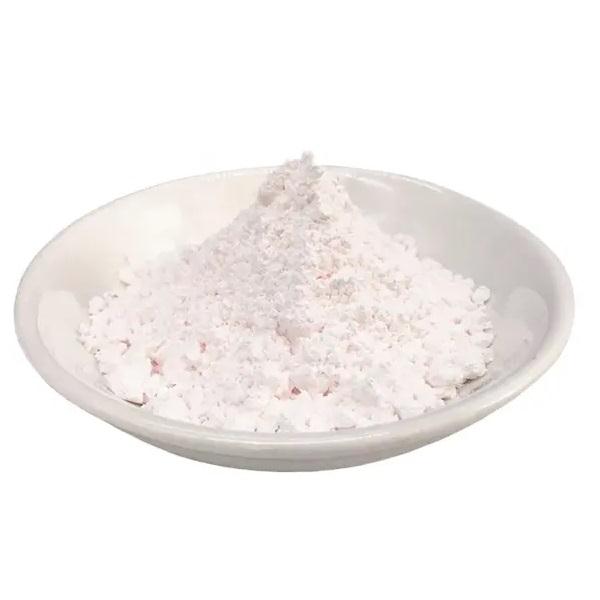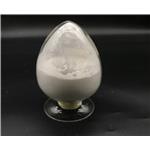Europium oxide is a white to slightly pink powder, which is hygroscopic, and the color has a little difference due to different production methods. With different heating temperatures, two variants of pseudo-trigonal crystal system and equiaxed crystal system can be obtained, and the crystal structure of the latter is the same as that of scandium oxide. The relative density is 7.42, and the melting point is 2330°C. Insoluble in water, it can be dissolved in inorganic acid to generate the trivalent europium salt solution of the corresponding acid, it can also be dissolved in formic acid and acetic acid, and it can absorb carbon dioxide from the air to generate carbonate.

Europium oxide is now widely used as a phosphor activator, and europium activated yttrium vanadate is in commercial use as the red phosphor in color TV tubes. Europium oxide nanopowder acts as phosphors for lamps. It is used as a fluorescent label in immunoassay for atrazine. It is also used in color TV, X-ray, glass, crystal and other luminescent materials.
Europium oxide, (Eu2O3), a compound of europium, is added to infra-sensitive phosphors to enhance the red colors on TV and computer-monitor picture tubes. It is also added to fluorescent light tubes to increase their efficiency, as well as to some materials to make lasers. Since it is a good neutron absorber, it is part of nuclear reactor control rods.
Europium Oxide, also called Europia, is used as a phosphor activator, color cathode-ray tubes and liquid-crystal displays used in computer monitors and televisions employ Europium Oxide as the red phosphor; no substitute is known. Europium Oxide (Eu2O3) is widely used as a red phosphor in television sets and fluorescent lamps, and as an activator for Yttrium-based phosphors. Europium Oxide is also applied in speciality plastic for laser material.
reagent type: catalyst
core: europium




